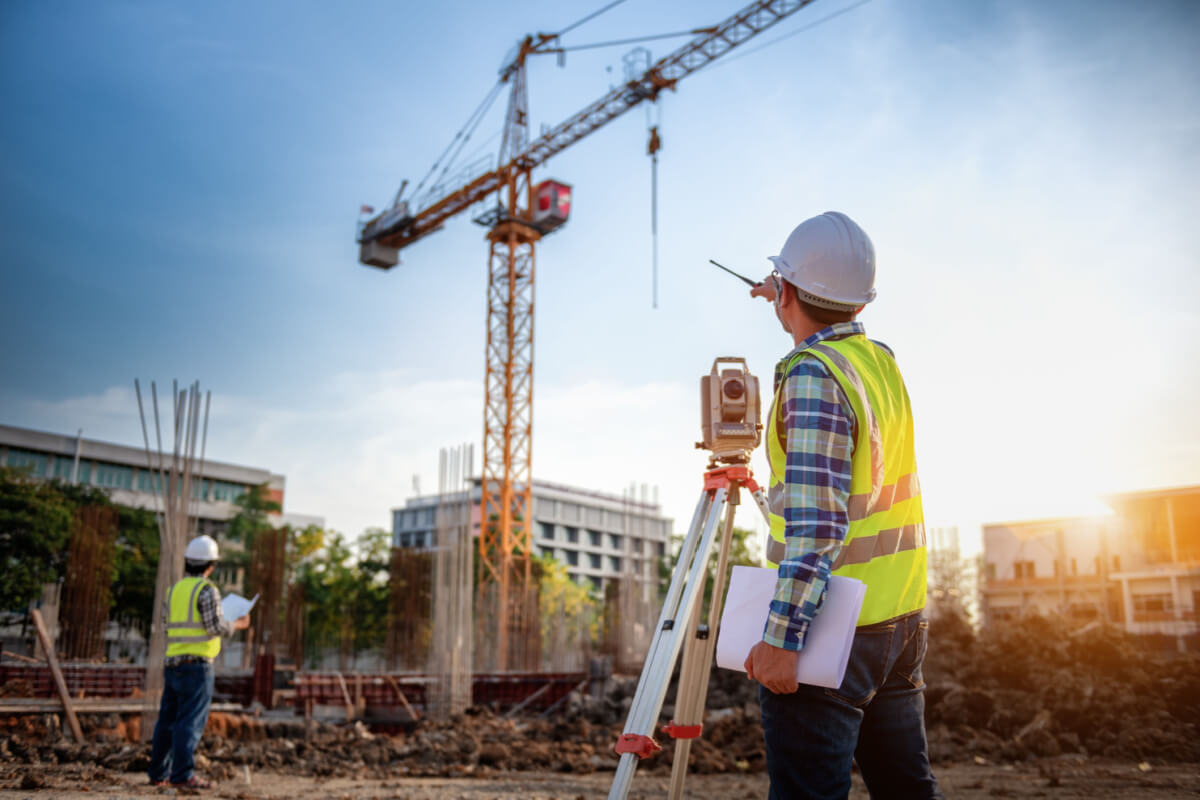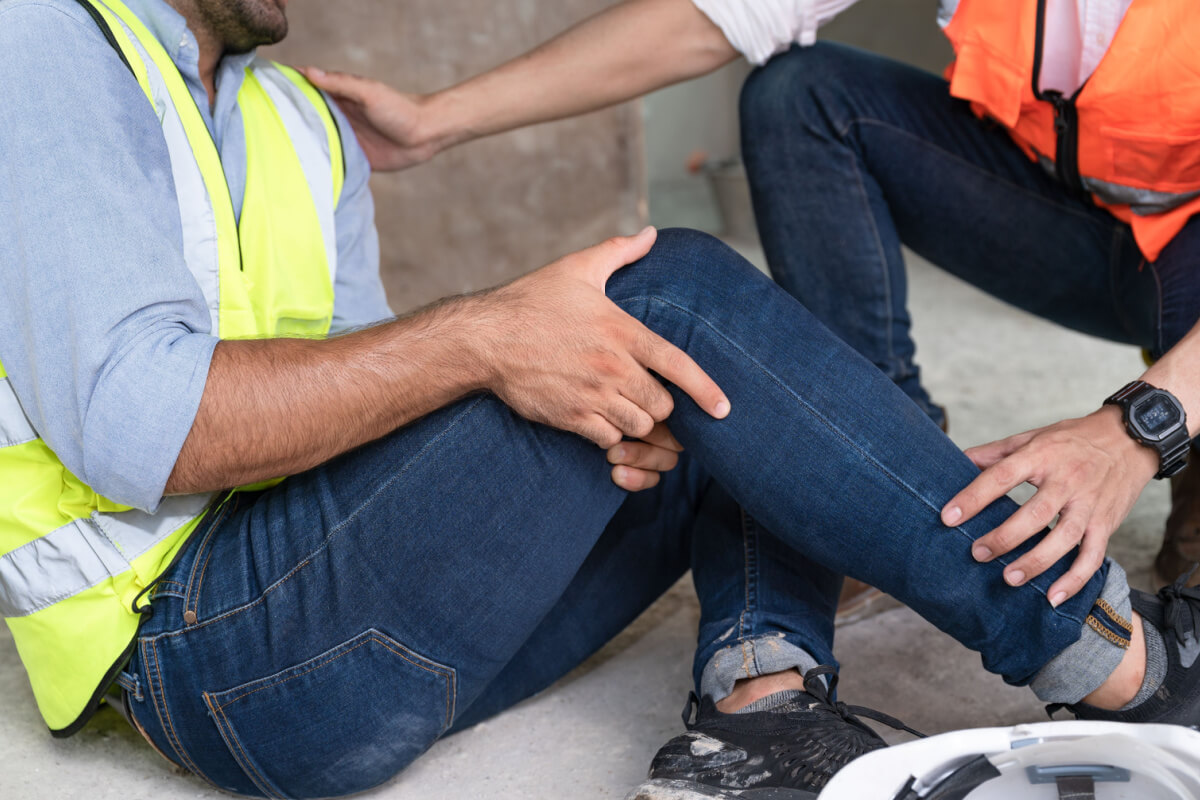
Earlier this year, a Louisiana man was tragically killed at a Chevron Phillips facility construction site in Orange, Texas. In the aftermath of a construction site injury, workers often find themselves overwhelmed and uncertain about their next steps. Fortunately, various legal protections exist to safeguard their well-being and financial stability. Federal and state laws, such as Occupational Safety and Health Administration (OSHA) regulations, set specific safety standards employers must follow. Failure to adhere to these guidelines can result in employer liability. Additionally, workers’ compensation laws offer a safety net for injured employees, providing them with financial benefits to cover medical expenses and lost wages. Accepting workers’ compensation may limit one’s ability to pursue further legal action against an employer.
Steps to Take Immediately Following a Construction Site Accident
When a construction site accident occurs, quick action can make a significant difference in both physical recovery and legal outcomes. First and foremost, seeking medical attention is a top priority. Even if injuries seem minor, a medical evaluation can uncover issues which might become serious later on. Secondly, documenting the accident scene can provide valuable information. Taking photos, collecting names of witnesses, and noting any unsafe conditions can serve as important evidence. Reporting the incident to a supervisor is another key step. Most companies have protocols for documenting workplace accidents, and following these procedures can help ensure eligibility for workers’ compensation or other benefits. Lastly, keeping a personal record of events, medical treatments, and any communication related to the accident can be beneficial for future reference.
How Occupational Safety and Health Administration (OSHA) Regulations Impact Your Case
Occupational Safety and Health Administration (OSHA) regulations play a significant role in construction site injury cases. Rules set safety standards employers must meet to ensure a secure work environment. When an injury occurs, one of the first questions asked is whether OSHA guidelines were followed. Violations of these regulations can serve as strong evidence of employer negligence. For example, if a worker falls due to lack of proper safety gear, and OSHA mandates such gear, the employer could be held accountable. OSHA also conducts investigations into workplace accidents, and their findings can be influential in any legal proceedings. OSHA violations can result in fines for the employer, but also shine a light on unsafe practices, thereby strengthening an injured worker’s case.
Workers’ Compensation vs. Personal Injury Claims: Key Differences
Workers’ compensation and personal injury claims are two avenues for financial relief after a construction site injury, but differ in several ways. Workers’ compensation is a no-fault system, meaning injured workers can receive benefits regardless of who caused the accident. These benefits typically cover medical expenses and a portion of lost wages. However, accepting workers’ compensation usually means waiving the right to sue the employer for additional damages.
On the other hand, a personal injury claim requires proof of negligence. If a worker can demonstrate someone else’s carelessness led to the injury, they may be eligible for a broader range of compensation. This can include not only medical costs and lost wages but also pain and suffering. Unlike workers’ compensation, personal injury claims can be filed against parties other than the employer, such as equipment manufacturers or subcontractors.
Common Types of Construction Site Injuries and Their Legal Implications
Construction sites are bustling environments where various types of injuries can occur. Some of the most frequent include falls from heights, electrocutions, being struck by objects, and getting caught in or between machinery. Each type of injury carries its own set of legal implications. For instance, falls from scaffolding might raise questions about whether proper safety measures were in place, as mandated by Occupational Safety and Health Administration (OSHA) regulations. Electrocutions could point to faulty equipment or inadequate training, potentially implicating the manufacturer or the employer. Injuries from being struck by objects might involve questions about proper storage and handling of materials on the construction site.
Gathering Evidence to Strengthen a Construction Injury Case
After a construction site injury, gathering evidence is a vital step for anyone looking to strengthen their case. Photographic or video documentation of the accident scene can provide a visual record of conditions at the time of the incident. Collecting names and contact information of witnesses can also be invaluable, as their accounts may corroborate the injured worker’s version of events. In addition, keeping a detailed record of medical treatments, expenses, and any communication related to the accident can serve as compelling evidence. It’s also beneficial to obtain copies of accident reports filed with the employer or any other official records, such as Occupational Safety and Health Administration (OSHA) reports.
Role of Employer Negligence in Construction Site Injuries
Employer negligence often plays a significant role in construction site injuries. When employers fail to adhere to safety standards, provide inadequate training, or neglect to maintain equipment, put their workers at risk. Such negligence can manifest in various ways, from ignoring Occupational Safety and Health Administration (OSHA) regulations to failing to provide proper safety gear. When an injury occurs under these conditions, employer negligence becomes a focal point in determining accountability. For example, if a worker is injured due to malfunctioning equipment the employer failed to maintain, it could be a clear case of negligence. Similarly, lack of safety training can also be attributed to employer negligence if it leads to an accident.
Settlements and Verdicts: What to Expect in a Construction Injury Case

In a construction injury case, the end goal is often a settlement or a verdict providing financial relief for the injured worker. A settlement is an agreement between the parties to resolve the case without going to trial. It’s a quicker way to receive compensation, but the amount might be less than what could be won in court. A verdict, on the other hand, is the decision reached by a judge or jury after a trial. Verdicts can result in higher compensation but come with the risk of losing the case entirely. Factors like the severity of the injury, the degree of negligence involved, and the quality of evidence can influence the outcome, whether it’s a settlement or a verdict. Workers’ compensation claims usually involve settlements, while personal injury claims are more likely to go to trial.
If you have suffered a construction site injury, contact Alvendia Kelly & Demarest today at 504-200-0000 to schedule a free consultation.
Categories
- Bicycle Accidents
- Car Accident
- Case results
- Class Action
- Community Aid
- COVID-19
- Fun
- General
- Hard Rock Lawsuits
- Holiday
- Insurance Claims
- Legal Advice
- Mardi Gras Accident Attorney
- Mass Tort
- Medical
- Motorcycle Accident
- Personal Injury
- Practices
- Premise Liability
- Recent News
- Safety
- Truck Accidents
- Uncategorized
- Weather
- Work-Related Accident

In 2003, after being dissatisfied with the quality of legal care for victims of car accidents, Roderick ‘Rico’ Alvendia sought to establish a new firm focused on providing high-quality legal services to aid injured victims and their families. J. Bart Kelly, sharing Rico’s passion for upholding justice, joined the firm later that year, and established a partnership.






